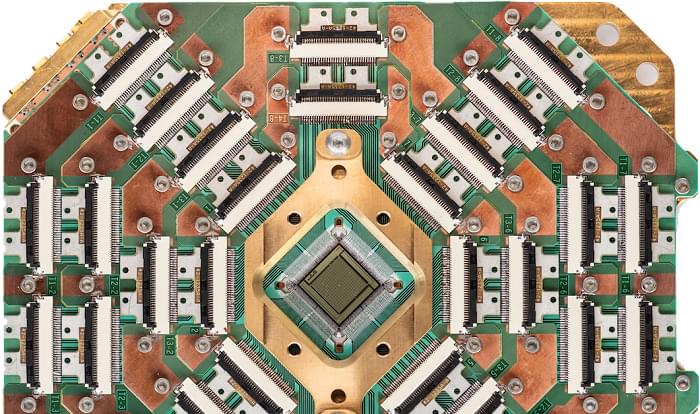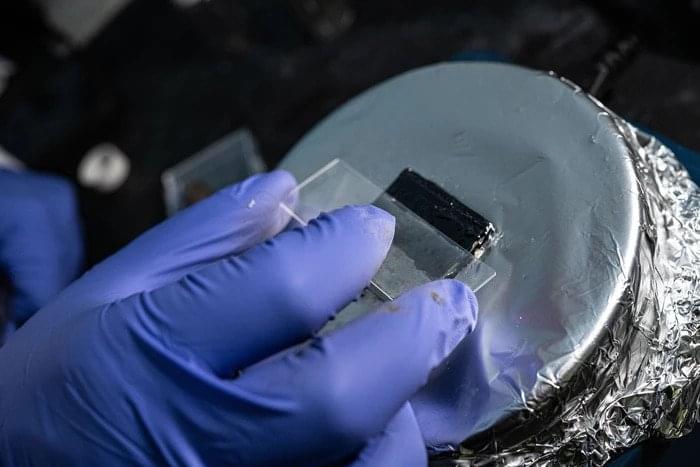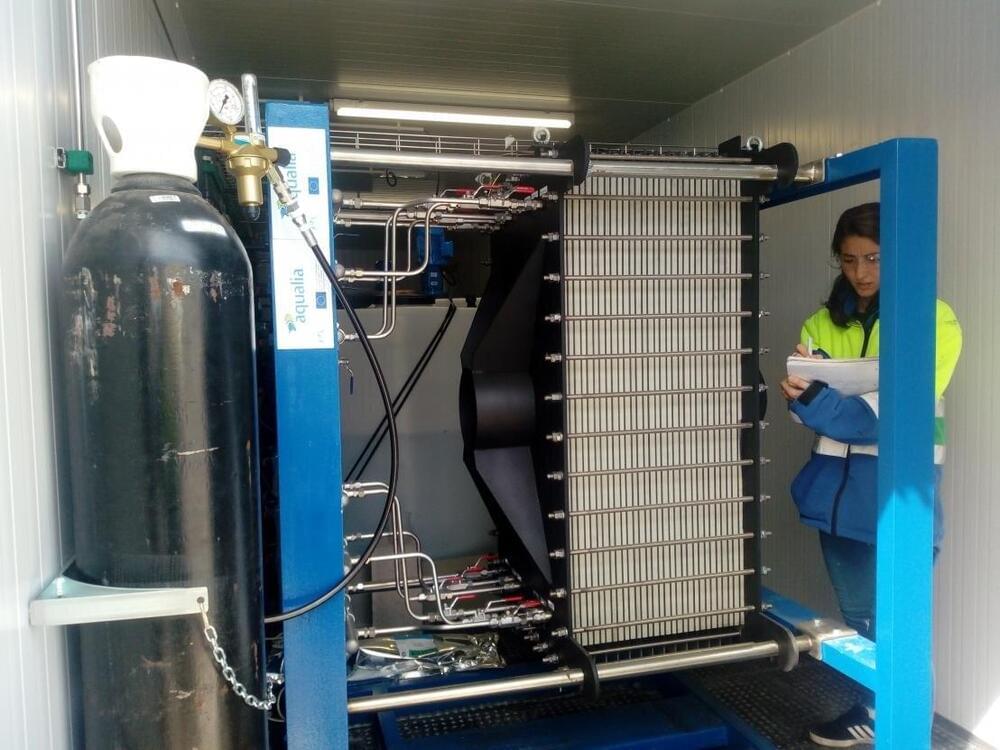Earlier this month D-Wave Systems, the quantum computing pioneer that has long championed quantum annealing-based quantum computing (and sometimes taken heat for that approach), announced it was expanding into gate-based quantum computing.
Surprised? Perhaps we shouldn’t be. Spun out of the University of British Columbia in 1,999 D-Wave initially targeted gate-based quantum computing and discovered how hard it would be to develop. The company strategy morphed early on.
“I joined in 2005 when the company was first transitioning from a gate-model focus to quantum annealing focus,” recalled Mark Johnson, now vice president of quantum technologies and systems products. “There was still this picture that we wanted to find the most direct path to providing valuable quantum applications and we felt that quantum annealing was the was the way to do that. We felt the gate model was maybe 20 years away.”









